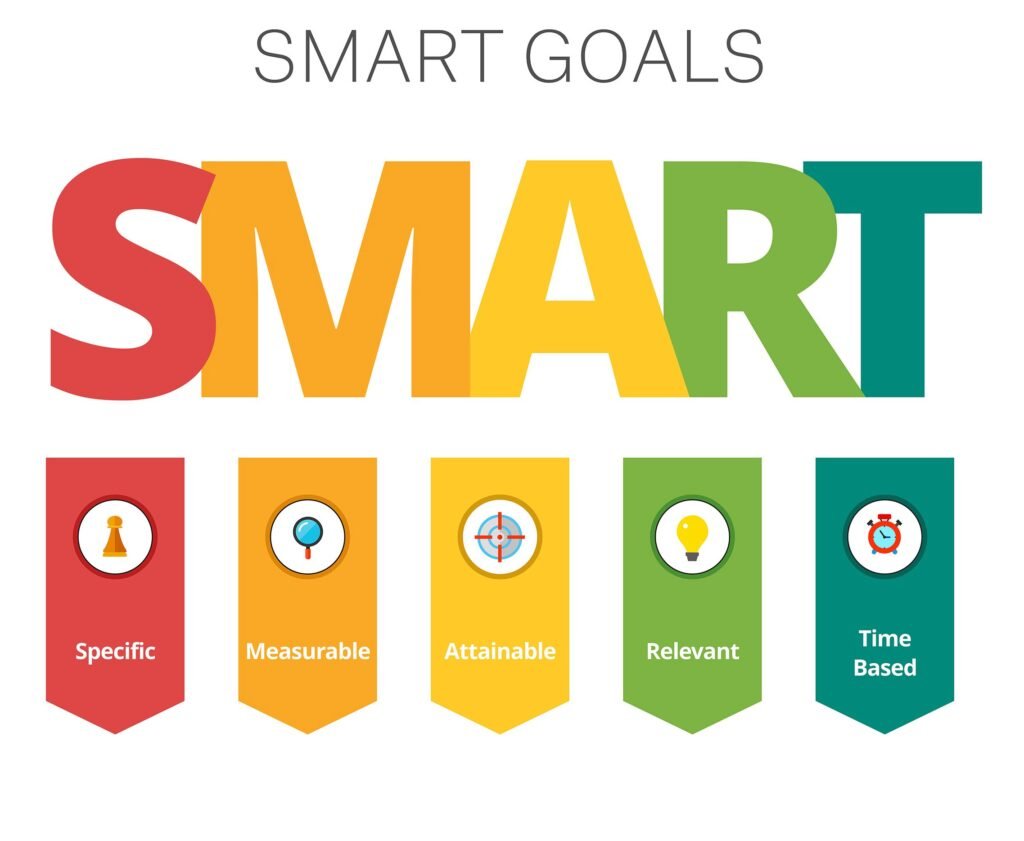Changing habits can be both challenging and rewarding. Whether you’re looking to break negative habits, replace unhelpful routines with positive ones, or start new healthy habits, understanding how to change habits effectively is key. Are you frustrated by your current routines? Do you want to discover practical strategies for building new habits? This guide will walk you through the essential steps, tips, and insights needed to make meaningful changes in your daily life.
Why changing habits matters
Why should you focus on changing bad habits? Negative behaviours can impact both your mental and physical health. Whether it’s procrastination, unhealthy eating, or lack of exercise, these habits can prevent you from reaching your goals. Conversely, establishing positive habits like regular exercise, mindfulness, and balanced nutrition can significantly improve your wellbeing.
Understanding how habits are formed can help you break them effectively. Habits are actions repeated so often that they become automatic. To alter a habit, you must disrupt this automatic process. But how can you achieve this?
The science behind habit formation
To change habits, you first need to grasp how they develop. Habits follow a loop of three parts: cue, routine, and reward. The cue triggers the habit, the routine is the behaviour, and the reward reinforces it. For instance, if you feel stressed (cue) and respond by overeating (routine), which then gives you comfort (reward), this loop reinforces the habit.
To change a habit, you must identify and modify the cue, routine, or reward. Understanding this loop allows you to replace negative habits with positive ones. For example, if stress leads to overeating, try a healthier response like a brisk walk. This new routine can provide similar comfort, gradually changing your habit.

Steps to effectively change bad habits
Changing habits requires several steps and a lot of commitment. Here’s how to get started:
1. Identify the habit you want to change
What specific habit do you want to alter? Start by clearly defining the behaviour you wish to change. This could involve breaking a negative habit such as smoking, or establishing a new, healthier routine like drinking more water or exercising regularly. To achieve this, start by being specific about the habit you want to modify. For example, if your goal is to quit smoking, outline exactly what aspects of the habit you’re addressing — such as reducing the number of cigarettes per day or eliminating smoking triggers.
On the other hand, if you aim to build a new habit, like incorporating daily exercise, specify what kind of activity you’ll engage in, how often, and for how long. Writing down your habit goal not only helps in reinforcing your commitment but also serves as a visual reminder of what you’re working towards. By detailing your objective in writing, you create a clear, tangible focus that guides your efforts and makes your goal more concrete. This clarity enables you to track progress, measure success, and stay motivated throughout your journey of change.
2. Understand the triggers
What triggers your habit? Triggers can be emotional, environmental, or situational. Identifying these cues is essential. For instance, if stress causes you to smoke, understanding what triggers your stress can be a starting point.
To get a clearer picture of your triggers, keep a habit journal. Note down when the habit occurs, what you were doing, and your feelings at the time. This practice helps in recognising patterns and pinpointing triggers more effectively.
3. Set clear goals
Setting clear goals is crucial for effectively changing a habit. Begin by outlining precise, attainable objectives rather than vague or overly ambitious targets. For example, instead of saying “I want to quit smoking,” specify a detailed plan such as “I will reduce my smoking to five cigarettes a day for the next two weeks, then decrease to three cigarettes a day for the following two weeks, and eventually quit completely by the end of the month.” This approach provides a structured roadmap to follow and helps in measuring progress.
Applying the SMART criteria — Specific, Measurable, Achievable, Relevant, and Time-bound — can further enhance your goal-setting process. Ensure your goal is Specific by defining exactly what you want to achieve. Make it Measurable by setting quantifiable milestones, such as the number of cigarettes to cut down per day. The goal should be Achievable, meaning it is realistic and within your capability to attain. It must be Relevant to your overall objectives, such as improving your health or saving money, and Time-bound by establishing a clear deadline for reaching each milestone.
By setting goals with these criteria, you create a clear plan that not only guides your efforts but also allows you to track your progress effectively, making it easier to stay focused and motivated as you work towards changing your habit.

4. Replace the habit with a positive one
Have you tried simply stopping a bad habit without replacing it? It’s often ineffective. To successfully change a habit, replace it with a positive one. For example, if you want to stop biting your nails, find an alternative activity like using a stress ball or applying a deterrent nail polish.
Ensure the new habit offers a similar reward. If you’re replacing emotional eating with journaling, reward yourself with something enjoyable like a book or a relaxing bath.
5. Take small steps
When attempting to change a habit, making drastic changes too quickly can often lead to failure and frustration. Instead, adopting a strategy of gradual, manageable steps can be far more effective. For instance, if your goal is to increase your physical activity, start by incorporating short, daily walks into your routine. Begin with a modest duration, such as 10 to 15 minutes each day, and gradually extend this as you become more comfortable. This incremental approach helps to build your confidence and stamina over time without overwhelming you.
By setting achievable milestones, you ensure that each step is within reach, making the overall process less daunting. These small, consistent changes accumulate and lead to substantial progress. As you gain momentum, you can continue to incrementally increase your activity level or adjust your goals, which helps maintain motivation and fosters long-term success.
This method not only makes the transition smoother but also enhances the likelihood of sustaining the new behaviour as it becomes an integrated part of your daily routine.
6. Use habit stacking
What if you could integrate a new habit into an existing routine? Habit stacking is an effective technique for this purpose. For instance, if you want to begin meditating, attach this new habit to your morning coffee routine. After brewing your coffee, take five minutes to meditate.
Habit stacking works by leveraging existing routines, making it easier to introduce new behaviours. This method can help in building long-lasting habits.
7. Changing habits? Stay consistent
How do you ensure your new habits stick? Consistency is crucial. Practise your new habit daily, even when it’s challenging. It takes time to form new habits, and maintaining consistency reinforces the new behaviour.
Consider using reminders, setting alarms, or creating a habit tracker to help you stay on course and monitor your progress.
Overview
In the first part of our series on changing habits, we explored essential strategies to effectively transform your routines. We began by identifying the specific habit you want to change, whether it’s breaking a negative behaviour or establishing a new, positive routine. We emphasised the importance of setting clear, achievable goals using the SMART criteria — ensuring they are Specific, Measurable, Achievable, Relevant, and Time-bound. Gradual changes are crucial, as attempting drastic shifts too quickly can be overwhelming. Instead, start with manageable steps that gradually build up over time. This approach makes the process more achievable and less intimidating, leading to more sustainable results.
Stay tuned for our next blog post, where we’ll tackle “Overcoming common challenges in habit change“. We’ll delve into practical solutions for handling setbacks, maintaining motivation, and dealing with obstacles that often arise during the journey of habit transformation. Don’t miss out on these valuable insights to keep you on track!



